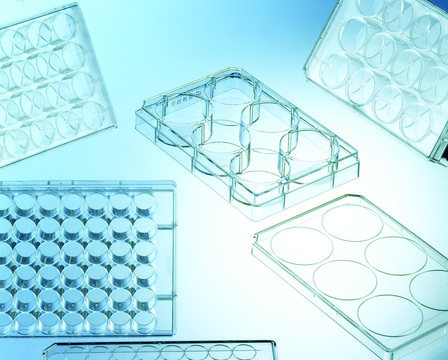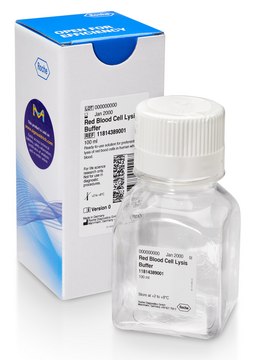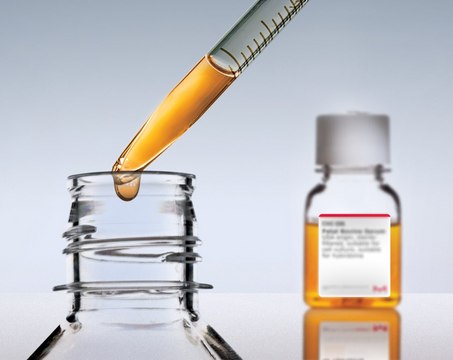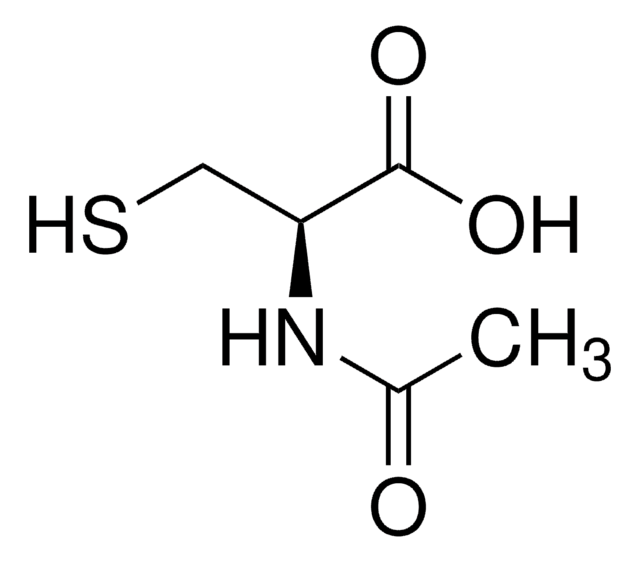R3378
Red blood cells from sheep
dry powder (glutaraldehyde treated)
Sign Into View Organizational & Contract Pricing
All Photos(1)
About This Item
UNSPSC Code:
12352202
Recommended Products
biological source
sheep
form
dry powder (glutaraldehyde treated)
technique(s)
ELISA: suitable
storage temp.
2-8°C
Application
Red blood cells from sheep have been used to analyze T-lymphocyte dependent antibody response by ELISA. SRBCs are treated with glutaraldehyde to improve binding of the cells to the assay plate.
Storage Class Code
11 - Combustible Solids
WGK
WGK 3
Flash Point(F)
Not applicable
Flash Point(C)
Not applicable
Regulatory Information
新产品
Choose from one of the most recent versions:
Already Own This Product?
Find documentation for the products that you have recently purchased in the Document Library.
A P Cutrera et al.
The Journal of experimental biology, 213(5), 715-724 (2010-02-16)
It was recently hypothesised that specific induced defences, which require substantial time and resources and are mostly beneficial against repeated infections, are more likely to be favoured in 'slow-living-pace' species. Therefore, understanding how different types of immune defences might vary
Camille Bonneaud et al.
PloS one, 11(11), e0166028-e0166028 (2016-11-17)
Energy-based trade-offs occur when investment in one fitness-related trait diverts energy away from other traits. The extent to which such trade-offs are shaped by limits on the rate of conversion of energy ingested in food (e.g. carbohydrates) into chemical energy
Patrick S Chang et al.
Biophysical journal, 110(12), 2739-2750 (2016-06-23)
The hyaluronan-rich pericellular matrix (PCM) plays physical and chemical roles in biological processes ranging from brain plasticity, to adhesion-dependent phenomena such as cell migration, to the onset of cancer. This study investigates how the spatial distribution of the large negatively
Murat Muradoglu et al.
Biomedical optics express, 3(10), 2465-2470 (2012-10-20)
In the context of a bioreactor, cells are sensitive to cues from other cells and mechanical stimuli from movement. The ability to provide the latter in a discrete fluidic system presents a significant challenge. From a prior finding that the
Louis T McLane et al.
Biophysical journal, 104(5), 986-996 (2013-03-12)
A voluminous polymer coat adorns the surface of many eukaryotic cells. Although the pericellular matrix (PCM) often extends several microns from the cell surface, its macromolecular structure remains elusive. This massive cellular organelle negotiates the cell's interaction with surrounding tissue
Our team of scientists has experience in all areas of research including Life Science, Material Science, Chemical Synthesis, Chromatography, Analytical and many others.
Contact Technical Service




